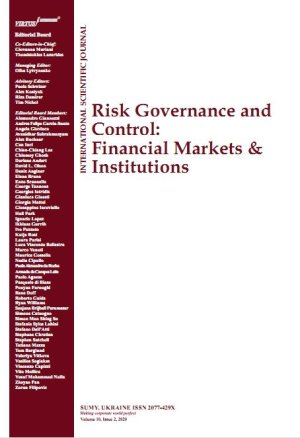
Government debt and economic impact: An analytical comparison of different countries
Download This Article
This work is licensed under a Creative Commons Attribution 4.0 International License.
Abstract
The increase in the level of government debt has led to economic instability in a number of developing as well as developed nations. According to a study by Hilton (2021), having an unsustainable amount of public debt can slow down the economic growth of the nation in the long run. Therefore, it has become increasingly important to understand the economic impact that government debts have on different countries. The countries used in this paper are Brazil, Malaysia, South Africa, Thailand, and Turkey. Firstly, the study analyses the trends of public debt across these five countries. From the analysis, it could be realised that the level of government debt increased across all the countries. Moreover, the study also used a vector error correction model (VECM) methodology along with an impulse response function (IRF) to account for the country-wise impact of public debt on economic growth. The results showed that there is a negative impact on the economic growth of Brazil, Malaysia, Thailand, Turkey, and South Africa. Furthermore, the study also accounts for the impact of fiscal policies on the debt management structure of the specified countries.
Keywords: Public Debt, Economic Growth, VECM, Fiscal Policies, Debt Management
Authors’ individual contribution: The Author is responsible for all the contributions to the paper according to CRediT (Contributor Roles Taxonomy) standards.
Declaration of conflicting interests: The Author declares that there is no conflict of interest.
JEL Classification: E62, F4, F5
Received: 20.10.2023
Accepted: 25.03.2024
Published online: 27.03.2024
How to cite this paper: Siying, W. (2024). Government debt and economic impact: An analytical comparison of different countries. Risk Governance and Control: Financial Markets & Institutions, 14(1), 122–137. https://doi.org/10.22495/rgcv14i1p9



















